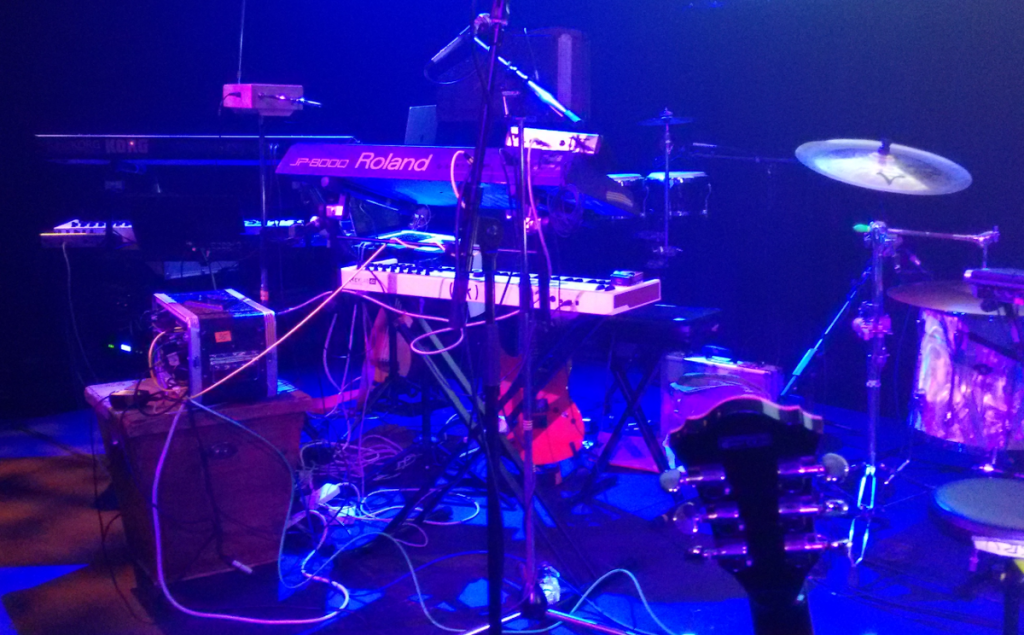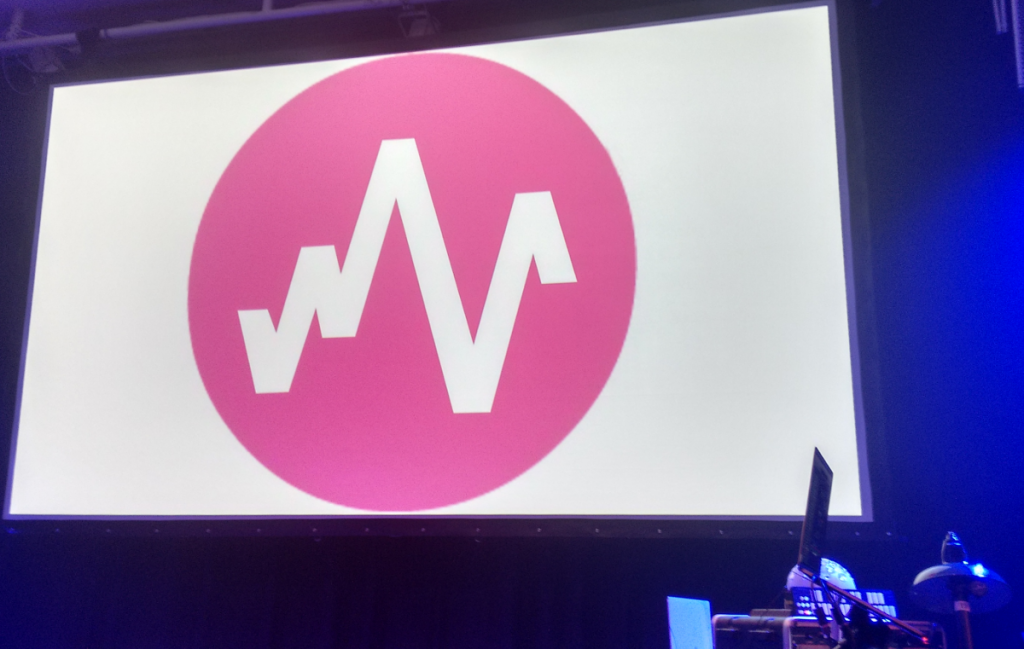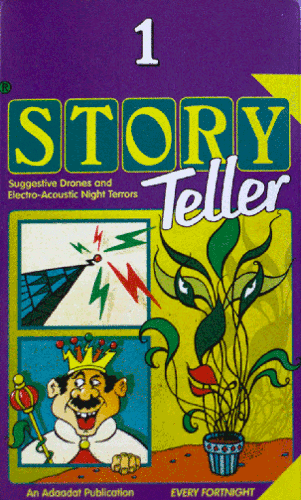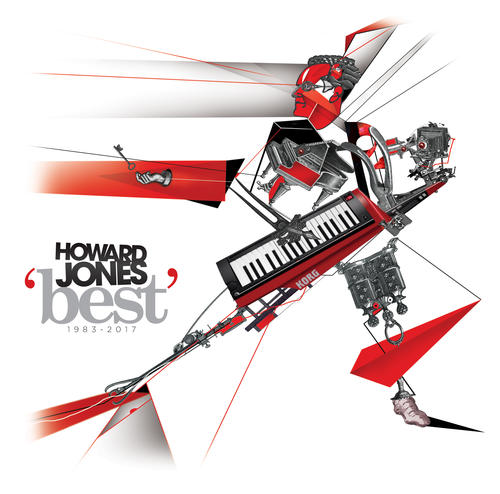The Royal Albert Hall, London
Saturday 26 May 2018
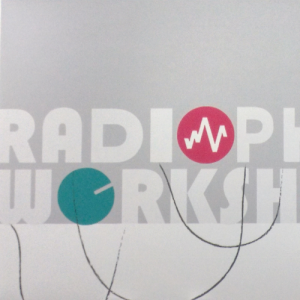 Hi. I’ll be conducting today’s gig review. Yeah.
Hi. I’ll be conducting today’s gig review. Yeah.
The Radiophonic Workshop were live at the Royal Albert Hall’s Elgar Room last week, and because occasionally somebody buys me tickets to this sort of thing and drags me off with them, I was lucky enough to get to go and see the show. Little did I know that, this time, there was a reason for this other than my own enjoyment (which is a pretty good reason, I must say). Just before the start of the gig, I was asked if I wanted to write a review for Freq. This sounded like a great idea, actually – and although I’ve never done anything like this before, I really wanted to try; so here I am. Enjoy.
The BBC Radiophonic Workshop was formed in April 1958, initially to create sound effects for radio. The founders were Daphne Oram and Desmond Briscoe. Oram had worked at the BBC during the Second World War, and eventually rose up the ranks, later to become studio manager. Her vision was to create a studio for electronic sounds / music, and she succeeded a while later after she started making sounds with Briscoe, another BBC studio manager. This unit became the BBC Radiophonic Workshop. Over time, the workshop accumulated a fair few members and is of course still going today, the current band members being Paddy Kingsland, Peter Howell, Roger Limb, Dick Mills, Mark Ayres and Kieron Pepper. Their most successful work is arguably the Doctor Who theme tune (1963) created by Delia Derbyshire and written by composer Ron Grainer.
An interesting thing to be noted about the BBCRW (woah, that’s much easier to type! I’m using that from now on!) is the fact that at the time it was founded, there was nothing to work with in terms of big bloopy bleepy machines that made electronic noises. These are otherwise known as synthesisers, of course, but I prefer big bloopy bleepy machines. As one of the members on the night put it, “If you wanted to make some music you didn’t just have to play it, you had to build something to play it on.” So, I guess you could say that the true genius of these guys was the inspired ways in which they actually created their music. There is something truly beautiful about the Doctor Who theme being recorded on a homemade device called a ‘wobbulator’. If I can slip the word wobbulator into general conversation at least once a day I can die happily.Well, what can I say except YOU’RE WELCOME it was fantastic. The opening song “Wireless” was a nice and punchy introduction that blended guitars and synths to get you hyped up for what was to come. It will also probably be making an appearance in my various music playlists very soon. After that, we were treated to a mixture of original songs and classic scores, featuring music from The Hitchhiker’s Guide to the Galaxy, Out of the Unknown and Doctor Who. Wherever it came from, it was great to listen to.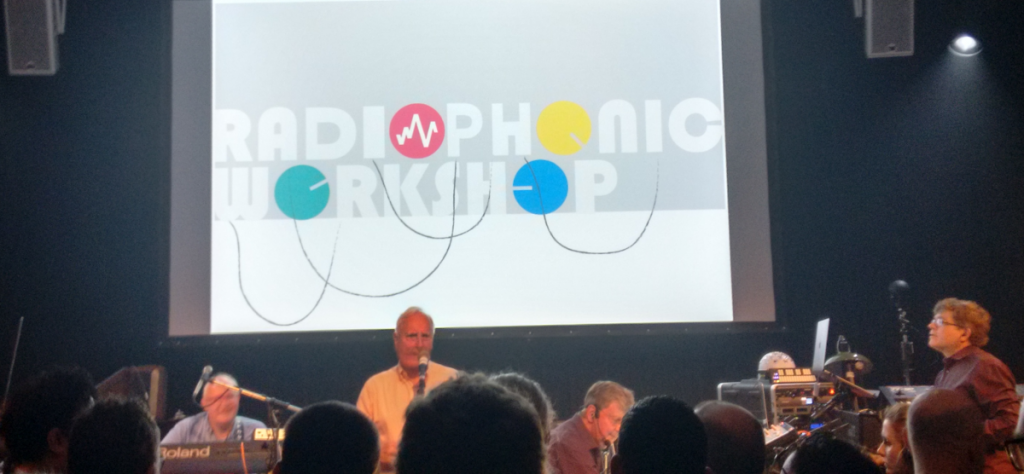
I mentioned they did some Doctor Who music, and it just so happens that I am worryingly obsessed with Doctor Who. And so, when I saw the screen projection of William Hartnell’s face rise up at the end, I cannot describe the amount of sheer joy that overwhelmed my sci-fi addicted heart. They played the theme as the closing number, and it was amazing to hear. It was mysterious, ethereal and was made partly using the power of the wobbulator. The worst part was when it started to end but then, of course, they surprised me even further by jumping into the next iteration of the theme (1980 version).
All in all, I’d say it was a great performance for any fan of electronic music. These guys can really make music, as well as build wobbulators.0/10 lack of seats.
Just kidding.
-Raul Solomons-
